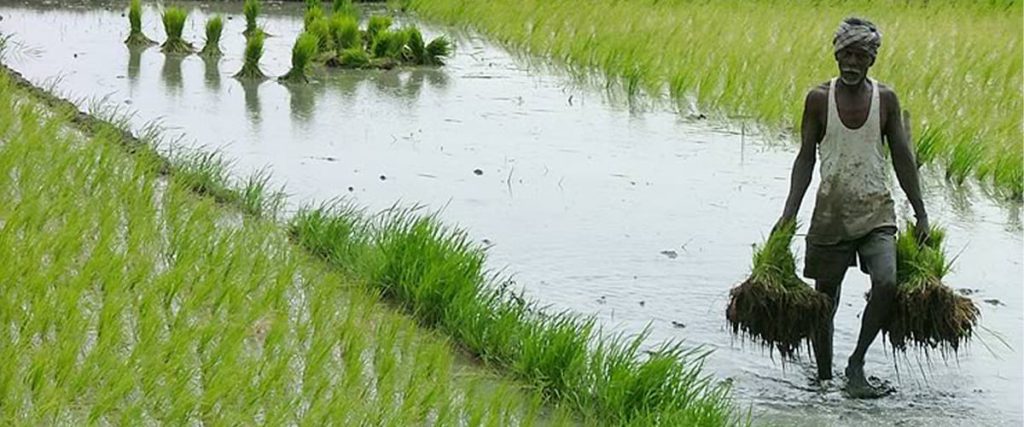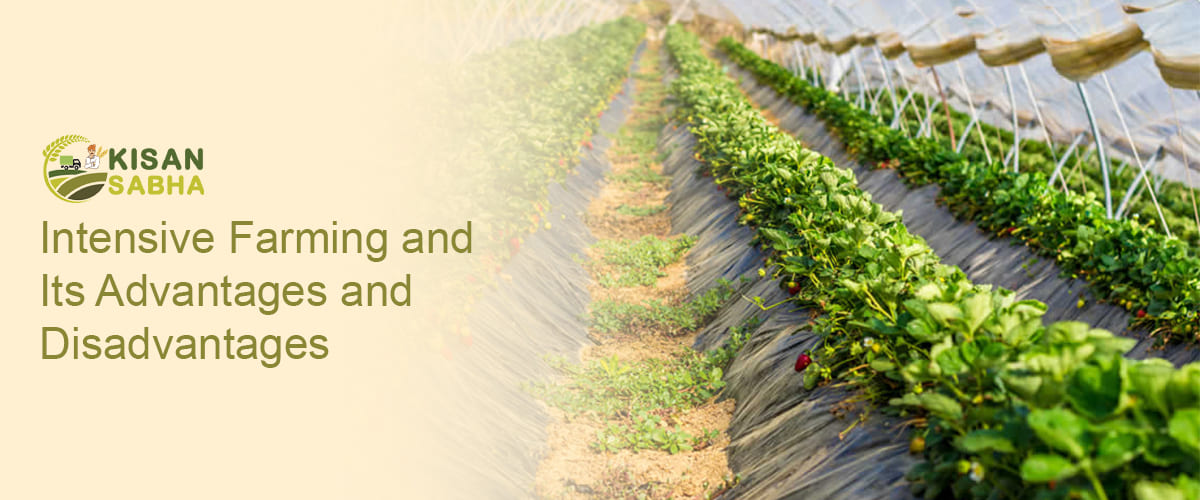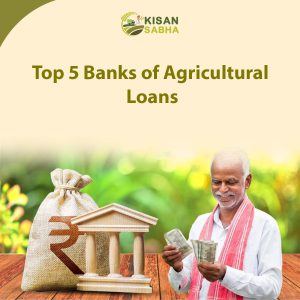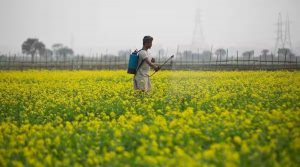Farmers employ fertilizers and insecticides extensively in areas where irrigation is available for high yield, a practice called intensive farming. They also planted high-yielding seed kinds on their property. They have mechanized agriculture by incorporating machinery into a variety of farming practices. It is also known as industrial agriculture and is distinguished by a low dropout rate and the use of more labour and money per unit of land area.
Traditional agriculture, on the other hand, requires fewer inputs per unit of land. To boost agricultural productivity, intensive farming requires a lot of labor and resources. The main purpose of this sort of labor-intensive agriculture is to cultivate a small area with human labour, which is the solution. Farmers use fertilizers and insecticides extensively to grow high-quality crops with the highest possible yield. Farmers use intense production to improve soil and crop quality.
How Does Intensive Farming Work?
In agricultural economics, intensive agriculture refers to a farming system that makes extensive use of labour and resources in comparison to available land. The application of fertilizer, insecticides, fungicides, and herbicides to growing crops necessitates tremendous labour and financial resources. Capital is essential for the acquisition and maintenance of high-efficiency planting, cultivating, and harvesting machinery, as well as irrigation equipment where appropriate.

When compared to extensive agriculture, which uses little labour or capital, optimal use of these resources and equipment results in significantly higher crop yields per unit of area. As a result, less land will be required on an intensive agriculture farm to make the same profit as on a vast agricultural field. However, due to the increased economies and efficiencies of intensive agriculture, farm owners are frequently encouraged to work very large areas of land to keep their capital investments in machinery productively engaged, that is, busy.
In theory, the better productivity of intensive agriculture allows farmers to use comparably smaller plots of land close to markets, where land values are high relative to labour and capital, as is the case in many parts of the world. Farmers may find it more cost-effective to transition to large-scale agriculture if labour costs, capital expenditures for machinery and chemicals, storage costs (if desired or required), and transportation costs to markets are too high.
Advantages of Intensive Farming in India
High yield is a given with intensive farming. Meat, milk, fish, eggs, and grains are in high demand in modern marketplaces like cafes and basic stores.
High Efficiency
Farmers increase their profits by maximizing production on a limited quantity of land. The requirements for space, equipment, and other inputs are reduced in contrast to the amount of food produced per unit, making this method more effective and reasonable.
Food Variety
The heart of intensive agriculture is often mass food production in a specific food crop or animal production. It results in a broader range of food for human consumption. Because intensive agriculture requires a lot of labour, money, and resources, a single-producing region is more practical.
Impacts on the Environment

By utilizing excessive amounts of energy, water, and industrial chemicals, intensive farming pollutes the atmosphere, potable water supplies, and arable land. In surface and ground waters, insecticides, fertilizers, and herbicides accumulate. One of the primary causes of global warming is industrial agriculture, which accounts for 14-28% of net greenhouse gas emissions.
Also Read:- What is Pasture Cropping? Principles, Benefits, and Profitability
Disadvantages of Intensive Farming
Intensive farming is a type of agriculture that attempts to increase food production as much as possible. It is based on crops or livestock grown in high numbers in a tiny space, and it employs cutting-edge technology to assist meet the world’s food demand.
Labour Intensive
Intensive farming requires a lot of labour, which equals more jobs. However, it necessitates a large amount of land as well as machinery and equipment. As a result, despite recent technical breakthroughs, the number of people engaged in the business has remained high.
High Price
To be viable, intensive farming necessitates a large investment. Labour and machinery costs are to blame for the high prices. Labor is expensive and it requires individuals who may not be knowledgeable about animal husbandry or farming procedures. The high cost of machinery and equipment contributes to the high cost of intensive farming operations.
High Chemical Fertilizer and Pesticide Input
The high input of chemical fertilizers and pesticides is a significant disadvantage of intensive farming. Chemical use pollutes the environment, which can be dangerous to humans and animals. If used in excessive quantities, they may cause health concerns in humans and animals.
Conclusion
Intensive farming has its drawbacks, yet it is still one of the most efficient methods of food production. It has been in practice for thousands of years and will almost definitely continue in the future. It is crucial to understand that intensive farming not only guarantees high yield but also, enhances revenue for a small household. As a result, the next generation of farmers should learn these strategies. Also, test them on their property to determine if they work.





